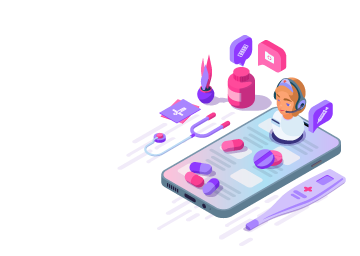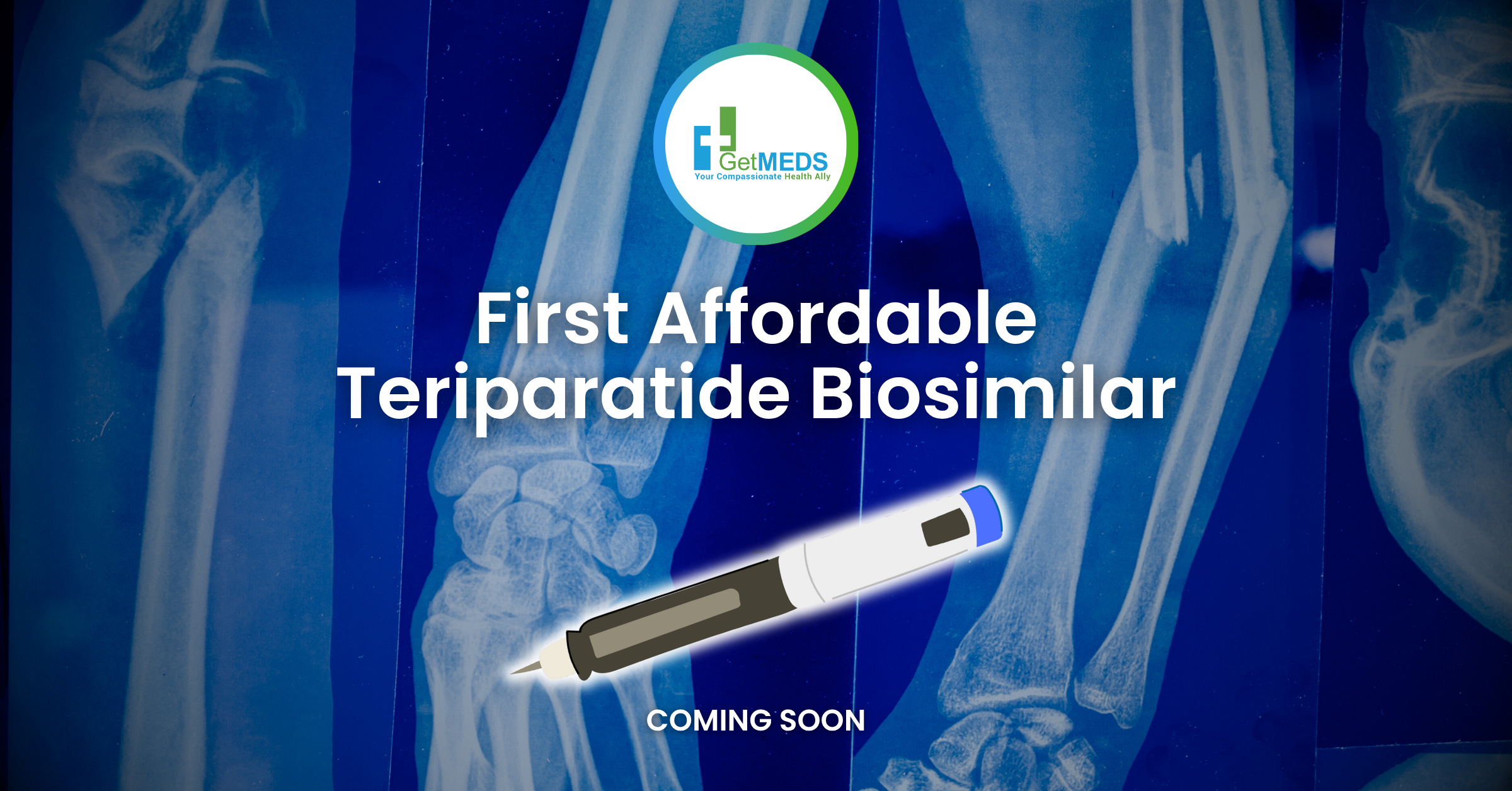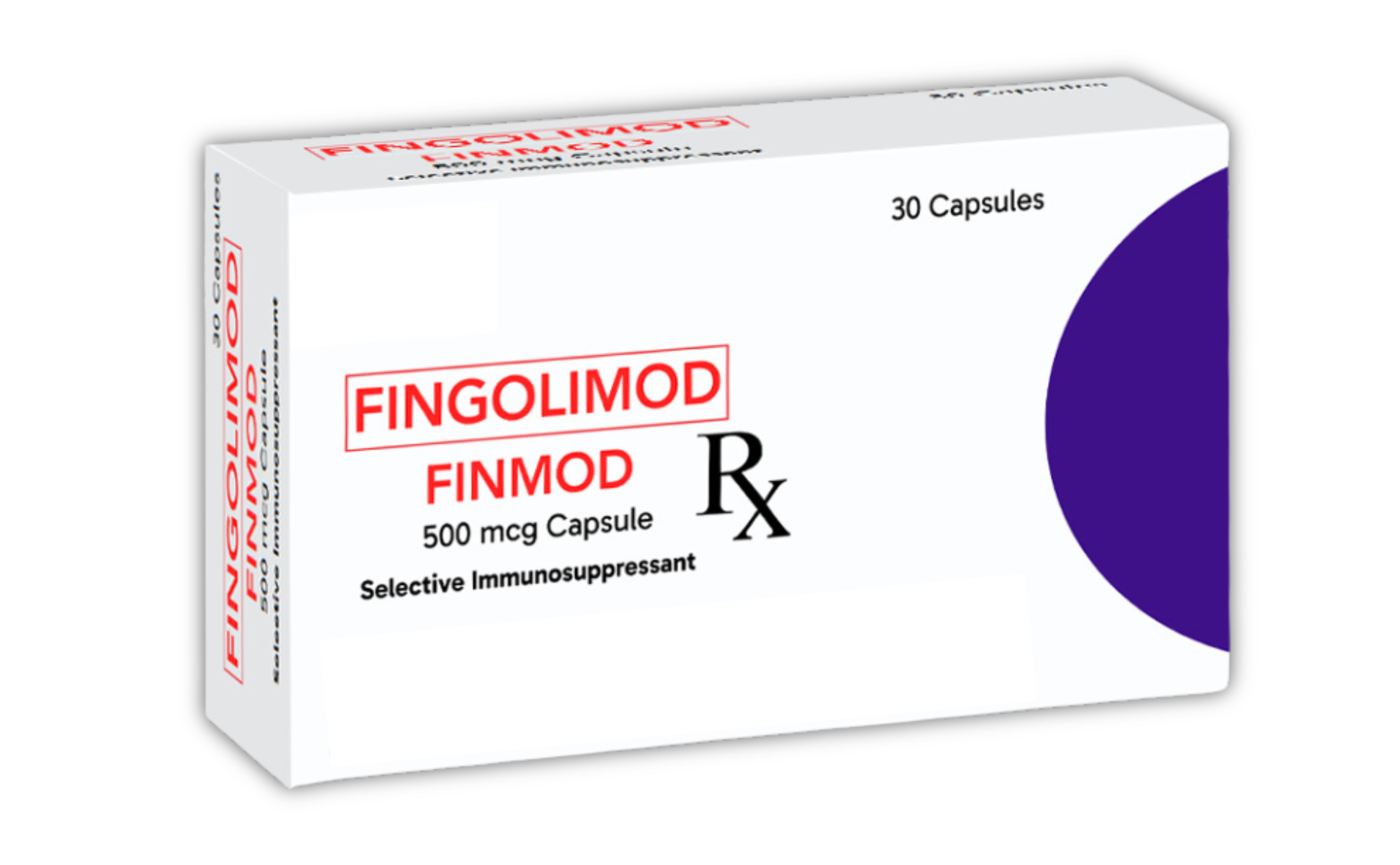HIV or Human Immunodeficiency Virus is a virus that damages our immune system, resulting in the body’s vulnerability when it comes to infections. This makes us defenseless against illness and other life-threatening conditions such as tuberculosis and certain types of cancer. If not properly treated, it can evolve into AIDS (Acquired Immunodeficiency Syndrome) which is the final stage in having HIV and can weaken our immune system to a greater extent.
Despite this virus being around since the early 1980s, there’s still a lot of misconceptions on how it can be transmitted from one person to another. As stated by the World Health Organization (WHO), HIV transmission can only be done through body fluids, namely: blood, breast milk, semen and vaginal fluids.
Moreover, it can be passed on through sexual contact (vaginal, anal, or oral sex), sharing needles, transplanted organs from an infected donor, and from infected women who pass the virus through pregnancy and breastfeeding.
Cases of HIV in the Philippines
In the Philippines, the first recorded case was in 1985. Since then, the country has been a constant victim of the HIV epidemic. The Center for Disease Control and Prevention (CDC) declared that cases were considerably low before 2010 but from 2013 to 2023, the daily infections surged by 411%. The Philippines is now even recognized as one of the countries in the Western Pacific region whose growing rate is rapidly climbing.
To add to that, Teodoro Herbosa, the Department of Health Secretary, even says that 55 people were infected daily in 2024. If the situation doesn’t improve, we’ll have 36,700 new cases by 2030 according to the AIDS Epidemic Model (AEM) and Spectrum.
Figure 1: A table that shows how new cases of HIV in the Philippines increase yearly, with the exception of 2020 when the prominence of COVID-19 hindered its rise.
| YEAR | NEW CASES OF HIV IN THE PHILIPPINES |
| 2024 |
13,325* |
| 2023 |
17,254 |
| 2022 |
14,935 |
| 2021 |
12,329 |
| 2020 |
8,031 |
| 2019 |
12,723 |
https://www.pna.gov.ph/articles/1224968
Table of Contents
Philippine AIDS Prevention and Control Act of 1998
To battle the ongoing aggression of HIV cases in the Philippines, the government developed a law that would better educate us about HIV and prevent it from further spreading nationwide. The Republic Act 8504 or the Philippine AIDS Prevention and Control Act of 1998 is a decree that promotes public awareness about HIV and protects those infected with the virus from all discriminatory and unjust treatment.
This act also specifically entails the following:
- Creating HIV educational and informational campaigns that will be implemented in schools, training centers, workplaces, and communities;
- Providing people who are infected with HIV basic health and social services;
- Eliminating all reasons why HIV continues to spread, whether this be because of poverty, gender inequality, prostitution, marginalization, drug abuse and ignorance;
- Recognizing the role of people with HIV in disseminating vital information and educational messages about HIV/AIDS.
How to Know If You Have HIV
With HIV’s rampancy, it’s important to be aware of the symptoms a person may show when they’re infected by the virus. Though it may differ from one person to another, there are general signs that can help you identify whether you have contracted the virus or not.
Most of the HIV symptoms in men and women are comparable to a flu:
- Headache
- Aching muscles
- Fatigue
- Fever
- Night Sweats
- Sore throat
- Weight loss
- Diarrhea
Also look out for swollen lymph nodes, rashes, shingles, and mouth sores. It may be your body’s way of signaling you that it’s fighting off a virus (in this scenario, HIV).
How to Get Tested For HIV
There are several HIV testing options you can do to determine whether you’ve been infected with HIV. These testing options vary on how long it takes to show the results and the window period wherein it’s most advisable to do it. You can also choose to go to the nearest hospital or clinic that does HIV testing.
Types of HIV tests:
- Antibody test: Inspects if there are any HIV antibodies in your blood or oral fluids. This test can tell if you have HIV after 23 to 90 days of being exposed from the virus.
- Antigen/Antibody test: Checks for both HIV antibodies and antigens. It directly draws blood from the vein. This test can tell if you have HIV after 18 to 45 days of being exposed from the virus.
- Nucleic Acid (NAT) test: Examines your blood to see if you have the HIV RNA or any traces of HIV. This test can tell if you have HIV after 10 to 33 days of being exposed from the virus.
If you want fast results, you can opt for rapid testings:
- Rapid antibody test: Done through getting blood from a finger stick or a sample of your oral fluids. It can give out the results in 30 minutes or less. This test can tell if you have HIV after 23 to 90 days of being exposed from the virus.
- Rapid antigen/antibody test: Done through getting blood from a finger stick. It can give out the results in 30 minutes or less. This test can tell if you have HIV after 18 to 90 days of being exposed from the virus.
On the occasion that you would prefer to be tested with more privacy or confidentiality, there are HIV self-test kits that you can use. With self-test kits, easy and clear instructions will be provided wherein you’ll be asked to draw out blood from your finger and interpret the results on your own afterwards. You can also get the results typically after 15 minutes, which is good for individuals who would like to regularly check for HIV.
How to Prevent Getting HIV
Among the ways HIV can be transmitted, sexual contact is what Stanford Healthcare claims as the prevalent cause why people are constantly being infected by the virus. Men who have sex with men and people with multiple sex partners are often prone to getting HIV. This goes the same to people who inject drugs — since they can potentially get HIV through a used syringe or needle.
Prevention is always better than cure. Hence, doing the following measures can significantly help you avoid getting HIV:
- Using a condom whenever you have sex
- Choosing not to multiple different sexual partners
- Not engaging in anal sex
- Not using injection equipment already used by others
- Not sharing your injection equipment with others
Above all, getting yourself and your partner tested for HIV before engaging in any sexual activity is the best way to prevent getting HIV and infecting others with the virus.
There is also PrEP (pre-exposure prophylaxis) that enables those who don’t have HIV but have a partner with HIV to be safe from transmission. There are oral medicines to be taken everyday in order to prevent HIV from spreading throughout the body, and there’s also an injectable medicine that can act as a long-term prevention, prescribed to be used every other month by your medical practitioner.

 Login/Register
Login/Register











Be the first to comment on "HIV in the Philippines: Its Current State and Steadfast Emergence"